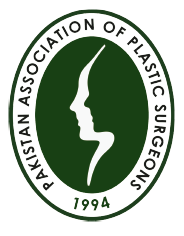
Fracture is basically a break in the continuity of the bone, that results in difficulty in movements of the hand.
You might have one or more of these things:
1. Swelling
2. Pain
3. Bruising
4. Inability to move finger/s
5. Obvious deformity
6. Numbness
7. Overlapping of fingers
8. Cuts or wounds sometimes
It can be different types including open, close, spiral, comminuted and of different bones of the hand, including fingers, palm and wrist.
If you see any of such symptoms, visit a doctor to get a plan of management.
Fracture can occur due to different causes that might include crush injury, fall, twisting injury or contact injury during sports, road traffic accident or fights.
1. Stiffness of fingers
2. Loss of strength
3. Loss of range of motion
4. Malunion, non-union
5. Infection
Fractures usually heal nut sometimes healing might me slow or results in improper healing. The cast usually takes around 4-8 weeks to be off depending upon the type and location of fracture.
Hand therapy is needed for the recovery and functioning of hands. Due to prolonged immobilization, patient might have stiff hand, or loss of range of motion or arthritis.
It usually varies according to the kind of treatment given and either can be just an emergency department stay where cast can be applied or a one-day in-patient stay for the perioperative treatment.
If fracture is in stable position or could be manipulated in stable and acceptable position, it can be treated by keeping splint and follow up xrays are done to see the progress.
If fracture is unstable, then doctor might need to perform a procedure to keep the fragments in place and that can be done either by means of closed reduction (no need for incision) or open reduction (incision needed). The surgeon brings the fragments of bone in stable position and hold them by means of internal metal devices like K-wires, screws, plates or pins or an external device.
Outcome depends on the location and size of the fistula and status of surrounding tissues. Although most of the fistula closes after the surgery, some may recur and requires further surgery.
It usually takes less time than the original hypospadias repair and completes in less than an hour.
The surgery is performed under general anaesthesia and as a day care procedure. Patient can go home the same day after recovery from anaesthesia.
The most common complication is recurrence of the defect. Others complications include infection, difficulty in urination and stricture formation


